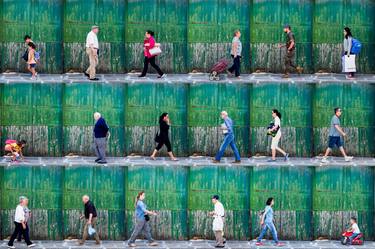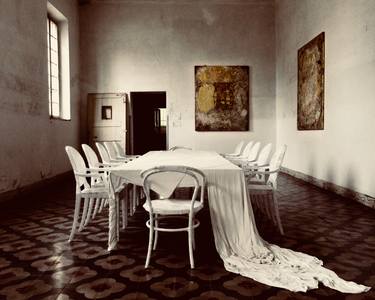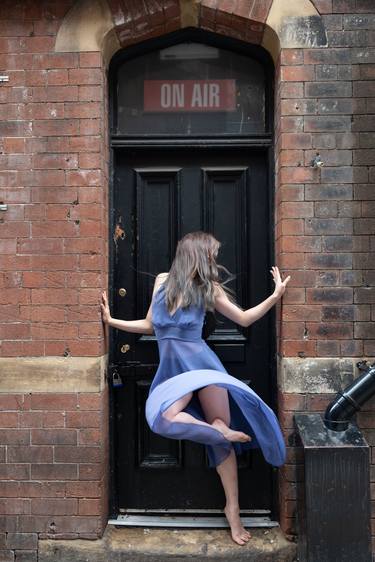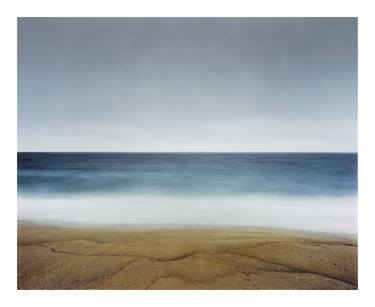- All Artworks
- Photography
- Documentary
Documentary Photography For Sale
Browse art and see similar matches
Try Visual Search
Category
Filter (1)
Filter
Category
Style
Subject
Medium
Material
Price
Size
Orientation
Color
Artist Country
Featured Artist
Photography, 29.5 W x 19.7 H x 0.4 D in
Sweden
$2,210
Prints from $75
Time Lapse. Wangfujing Street, Beijing. - Limited Edition 13 of 25
Photography, 20 W x 30 H x 0.1 D in
United States
$725
Photography, 40 W x 40 H x 1 D in
United States
$2,570
Photography, 39.4 W x 29.6 H x 0.4 D in
Italy
$1,090
Prints from $100
China Town - Limited Edition of 8
Photography, 40 W x 40 H x 0.1 D in
United Kingdom
$1,380
Photography, 35.4 W x 23.6 H x 2 D in
Netherlands
$2,110
Time Lapse. 8th Ave, NYC (Dye Sublimation onto Aluminum) - Limited Edition of 25
Photography, 45 W x 32.1 H x 1 D in
United States
$3,510
Time Lapse. Vestebro Copenhagen
Photography, 30 W x 45 H x 0.1 D in
United States
$2,150
Time Lapse. Williamsburg, NYC - Limited Edition of 25
Photography, 20 W x 30 H x 0.1 D in
United States
$725
Time Lapse. West Palm Beach (Aluminum Print) -
Photography, 40 W x 60 H x 1 D in
United States
$6,450
trees series: poplars in december II
Photography, 14.8 W x 9.8 H x 0 D in
Italy
$999
Prints from $100
Photography, 27.6 W x 19.7 H x 0.4 D in
Sweden
$1,400
Prints from $79
Resilience - Dancer: Beryl #22 - Limited Edition of 10
Photography, 80 W x 60 H x 0.1 D in
United Kingdom
$3,850
wine leafs as abstract painting II
Photography, 11.8 W x 15.7 H x 0 D in
Italy
$999
Prints from $100
Photography, 88.5 W x 59 H x 0.1 D in
United Kingdom
$2,999
Prints from $40
Time Lapse. Trives, Galicia. Limited Edition of 25
Photography, 36 W x 24 H x 0.1 D in
United States
$1,420
Photography, 65 W x 43.3 H x 0 D in
Belgium
$3,470
Prints from $100
The Sun Horses 03 (large) - Limited Edition of 8
Photography, 35.4 W x 43.3 H x 0 D in
United Kingdom
$2,740
Prints from $100
Photography, 19.7 W x 15.7 H x 0 D in
Italy
$999
Prints from $100
Photography, 39.4 W x 15.7 H x 0.4 D in
Sweden
$1,165
Prints from $78
Photography, 27.6 W x 19.7 H x 0 D in
United Kingdom
$2,190
Soapbubble Studies// Lake Wolfgang II
Photography, 23.6 W x 35.4 H x 0 D in
Austria
$1,360
Donostia San Sebastian aerial view Spain Europe # 11
Photography, 88.6 W x 59 H x 0.1 D in
United Kingdom
$2,999
Prints from $40
Photography, 45 W x 30 H x 0.3 D in
United States
$1,335
Prints from $65
Photography, 27.6 W x 19.7 H x 0.4 D in
Sweden
$610
Prints from $69
Photography, 15.7 W x 15.7 H x 0 D in
Italy
$999
Prints from $100
Photography, 20 W x 30 H x 0.1 D in
United Kingdom
$685
Photography, 20 W x 20 H x 0.1 D in
United Kingdom
$500
Miami 1 - Limited Edition of 5
Photography, 75.4 W x 48 H x 0.1 D in
United States
$8,000
Desert Inn (102x203cm) - Limited Edition of 10
Photography, 80 W x 40 H x 0 D in
United Kingdom
$3,980
hint of blue - Limited Edition of 10
Photography, 19.7 W x 19.7 H x 0.4 D in
Sweden
$1,140
Prints from $70
MESSENGER. 33 X 48,3 cms. Print. 1/30 - Limited Edition of 30
Photography, 19 W x 13 H x 1 D in
United States
$220
Prints from $100
Photography, 26.2 W x 39.4 H x 0.4 D in
Italy
$1,090
Prints from $100
Something always happens - Limited Edition of 10
Photography, 39.4 W x 39.4 H x 0.1 D in
Spain
$2,970
EXCLUSIVE: Full 'Comfort Zone' Collection of Large Prints
Photography, 39.4 W x 51.2 H x 0.4 D in
Lithuania
$75,000
Photography, 27.6 W x 19.7 H x 0.4 D in
Sweden
$1,065
Prints from $79
Photography, 15.7 W x 23.6 H x 0 D in
Italy
$999
Prints from $100
Cowebs house - Limited Edition 2 of 3
Photography, 65 W x 43.3 H x 0.1 D in
Belgium
$3,470
Prints from $70
Shanghai Fog (Framed) Limited Edition 6 / 20
Photography, 16.9 W x 15 H x 1.2 D in
Hong Kong
$760
Photography, 40.9 W x 26.8 H x 0 D in
United Kingdom
$925
Dinosaurs In The Desert - Limited Edition of 10
Photography, 16.5 W x 11.7 H x 0.1 D in
United Kingdom
$360
Prints from $97
Photography, 15.7 W x 15.7 H x 0 D in
Italy
$999
Prints from $100
Photography, 19.7 W x 19.7 H x 0.4 D in
Sweden
$1,065
Prints from $78
Time Lapse. Snow Day, Midtown, NYC - Limited Edition of 25
Photography, 20 W x 30 H x 0.1 D in
United States
$725
Miami l - Limited Edition of 10
Photography, 50.3 W x 32 H x 0.1 D in
United States
$2,670
Photography, 19.7 W x 19.7 H x 0.4 D in
Sweden
$1,065
Prints from $79
Photography, 19.7 W x 19.7 H x 0.4 D in
Sweden
$710
Prints from $75
Photography, 19.7 W x 29.5 H x 0.4 D in
Sweden
$1,140
Prints from $75
Blue Horizon - Limited Edition of 10
Photography, 43.3 W x 35.4 H x 0 D in
United Kingdom
$1,295
Backwater Jungle - Large Edition - Limited Edition of 10
Photography, 45 W x 45 H x 0.1 D in
United Kingdom
$1,880

















































